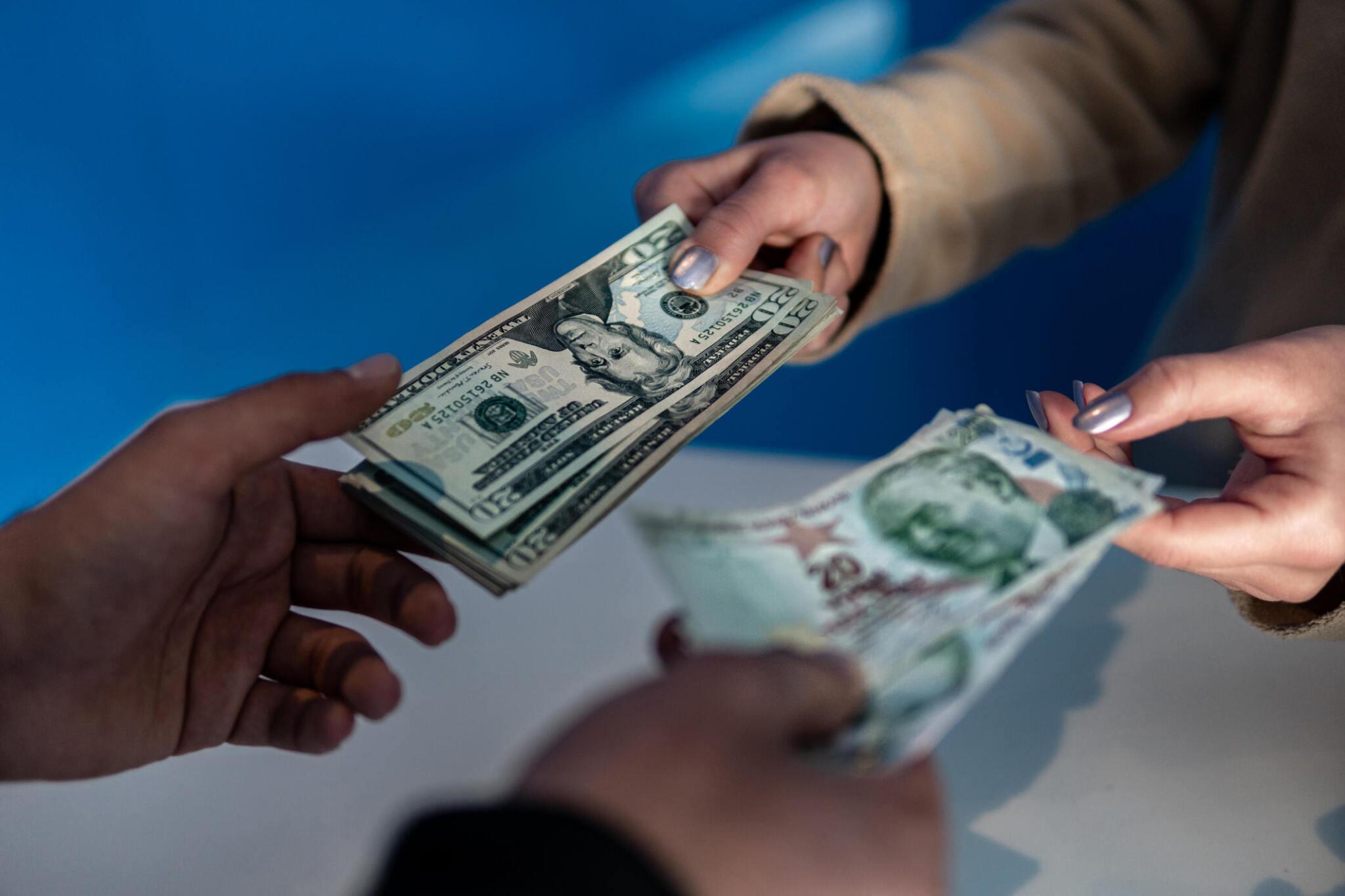In the global economic landscape, the foreign exchange market, or Forex, plays a Dollar buy sell pivotal role in determining the value of currencies. Among them, the US Dollar stands as the world’s primary reserve currency and is at the forefront of most Forex transactions. The dynamics of buying and selling the dollar are essential elements that impact economies, businesses, and individual investors worldwide. In this blog post, we’ll delve into the intricacies of the dollar buy-sell process, exploring factors that influence exchange rates and the broader implications on the global financial stage.

Understanding the Forex Market:
The Forex market operates as a decentralized marketplace where currencies are traded. Participants engage in buying and selling currencies with the aim of making a profit based on the exchange rate fluctuations. The US Dollar, being a major global currency, is involved in the majority of Forex transactions.
Factors Influencing Exchange Rates:
- Interest Rates: Central banks play a crucial role in influencing exchange rates by adjusting interest rates. Higher interest rates in a country attract foreign capital, increasing demand for its currency and, consequently, strengthening its value.
- Economic Indicators: Various economic indicators, such as GDP growth, employment rates, and manufacturing data, impact a country’s currency value. Strong economic performance tends to attract foreign investors, leading to an increase in demand for the local currency.
- Political Stability: Political stability and effective governance contribute to a favorable environment for investment. Countries with stable political conditions are likely to attract foreign capital, leading to an appreciation of their currency.
- Trade Balance: A country’s trade balance, which is the difference between exports and imports, influences its currency value. A trade surplus (more exports than imports) can strengthen the currency, while a trade deficit may weaken it.
The Dollar Buy-Sell Process:
- Currency Pairs: Forex trading involves currency pairs, where one currency is exchanged for another. The most traded currency pair is the EUR/USD (Euro/US Dollar). When traders buy the EUR/USD pair, they are essentially buying euros and selling US dollars, or vice versa.
- Long and Short Positions: Traders can take either a long position (buying) or a short position (selling) based on their market outlook. Long positions anticipate an increase in the currency pair’s value, while short positions expect a decrease.
- Leverage: Forex trading often involves the use of leverage, allowing traders to control a larger position with a smaller amount of capital. While leverage can amplify profits, it also increases the risk of significant losses.
Global Implications:
The dynamics of dollar buy and sell activities have far-reaching consequences:
- Impact on Global Trade: Exchange rate fluctuations can influence the competitiveness of a country’s exports and imports, affecting global trade balances.
- Investment Flows: Changes in currency values influence the flow of international investment, impacting capital markets and economic growth.
- Inflation and Interest Rates: Central banks may adjust interest rates to manage inflation and stabilize their currency, impacting global financial markets.
Conclusion:
The dollar buy-sell process is a fundamental aspect of the intricate world of Forex trading, with profound implications for economies and investors worldwide. Understanding the factors influencing exchange rates and the broader consequences of currency fluctuations is crucial for navigating the complexities of the global financial landscape. Whether you are a seasoned trader, an investor, or simply someone interested in economic dynamics, staying informed about the dollar buy-sell dynamics is key to making informed decisions in the ever-evolving world of finance.

